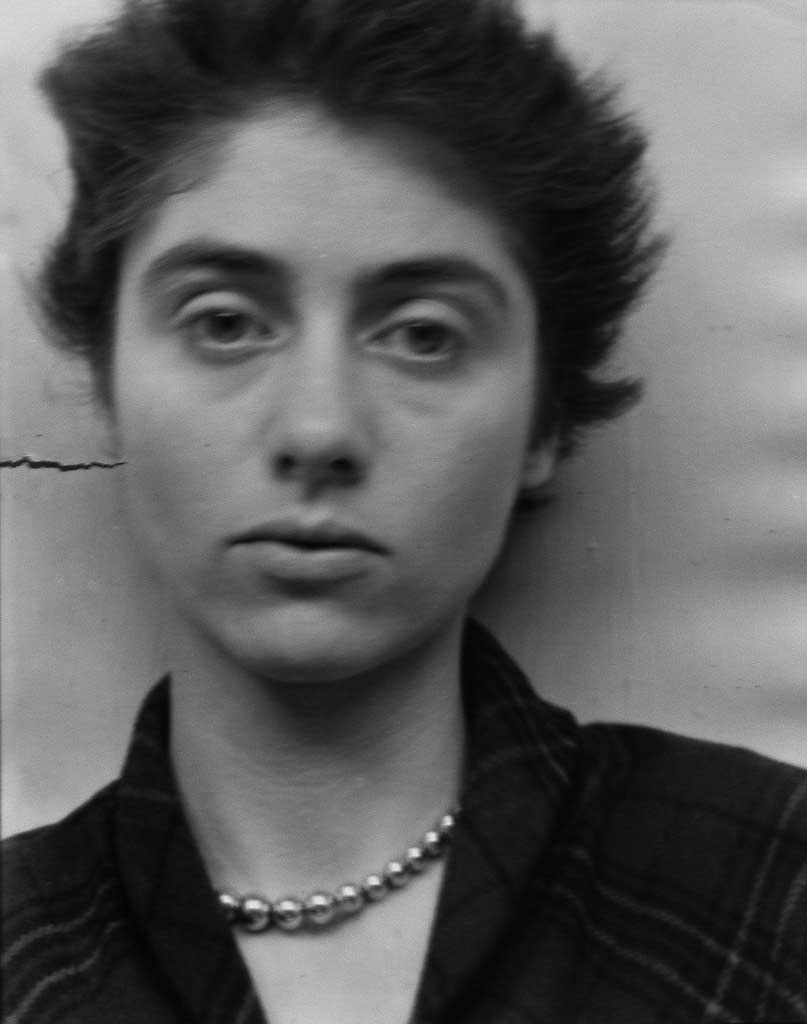Some have described her as “cruel”; others debate that she gave visibility to persons that generally remained hidden due to the marginalization to which they were subjected. Diane Arbus forced her audience to face the horrors by making them see the incommodious. The so-called “portrait photographer of the freaks” redefined the boundaries of what can be photographed and challenged the concepts of beauty and abnormality.
Born as Diane Nemerov on March 14th, 1923 in New York, to a wealthy Jewish family that owned the Russek’s department store chain. She is the second of three children: her older brother, Howard Nemerov, would later become known as one of the greatest American poets. Her childhood had all possible luxuries but she was very lonely. She received little affection from a mother who suffered from depression and a workaholic father who, according to Diane herself, publicly showed himself as a caring father but was actually cold and severe.

From 1930, Diane Arbus attended the “Ethical culture school” in New York, and in the following years she attended Fieldston School. Her artistic talent emerged at a young age, she created interesting drawings and paintings while she was in high school. At age 14, Diane met Allan Arbus, who was five years older, and fell in love with him. She married him as soon as she turned 18, on 1941.
She delved into the world of photography by the hand of Allan. The first job of the young spouses is an advertising photo shoot for the chain of her father, the Russek’s stores. Her husband gave her a Graflex camera and during the 40’s, they both dedicated themselves to fashion photography and published their work in magazines such as Harper’s Bazaar, Esquire or Vogue in their studio “Diane and Allan Arbus photographers” until their divorce.
Arbus briefly studied photography with Berenice Abbott in 1947, then with Brodovitch in 1955, and finally with Lisette Model, from 1956 to 1957, coinciding with her divorce. By that time, in 1958, She had already abandoned fashion photography to devote herself to street photography. With this style, she would perform some of her most famous works, such as the one carried out with the so-called “Freaks”.
During the 60’s, she began taking pictures of people she encountered during her travels around New York. She visited fleabag hotels, public parks, a mortuary, and several other places. These unusual images had a premium quality and several of them managed to be published in Esquire magazine, in July 1960. These photographs became a springboard for more works and commissions.
In 1963, Diane Arbus won her first Guggenheim scholarship. During these years, she frequented the famous fashion photographer Richard Avedon. Between 1964 and 1965 she is often traveling around New York taking photographs.
The tendency to portray “weird” people first occurred in the 19th century due to the touring circuses that exhibited people with dwarfism or gigantism. Some photographers portrayed them only because they were ‘strange and weird’ (Weegee, for example, was one of them). Diane had a very different vision. She showed people who were considered repulsive and pathetic, but did not arouse any feeling of empathy, pity or compassion. She gave way to the denied. She approached them, became intimate with them and became interested in them.
“Freaks was a thing I photographed a lot. It was one of the first things I photographed and it had a terrific kind of excitement for me. I just used to adore them. I still do adore some of them. I don’t quite mean they’re my best friends but they made me feel a mixture of shame and awe. There’s a quality of legend about freaks.”
For Diane, we are all monstrous. Her documentation of asylums, nudist camps, freaks, deformed beings, and the high society reveals the message of alienation. There are hardly any differences between insane and sane, because they are all part of the same absurd society.
In 1965 the MOMA presents three photographs of Arbus in an exhibition entitled “Recent Acquisitions”. The public’s reaction is not one of indifference. More often than not, the photographs had to be cleaned from the visitors’ spits. That same year, Diane held a photography course at the Parson school of design. Instead of letting the art be studied in books, Arbus takes students to see works in museums.
In 1967 the MOMA exhibited thirty of her photos in the exhibition “New Documents” along with photos of Gerry Winograd and Lee Friedlander. The exhibition is a great success, despite the controversy that accompanies it. At the end of 1969, she moved to Wesbeth, a condominium in New York which by statute, only accepts artists.
Her ending was both sorrowful and tragic. Diane committed suicide in her apartment on 26 July, 1971.






